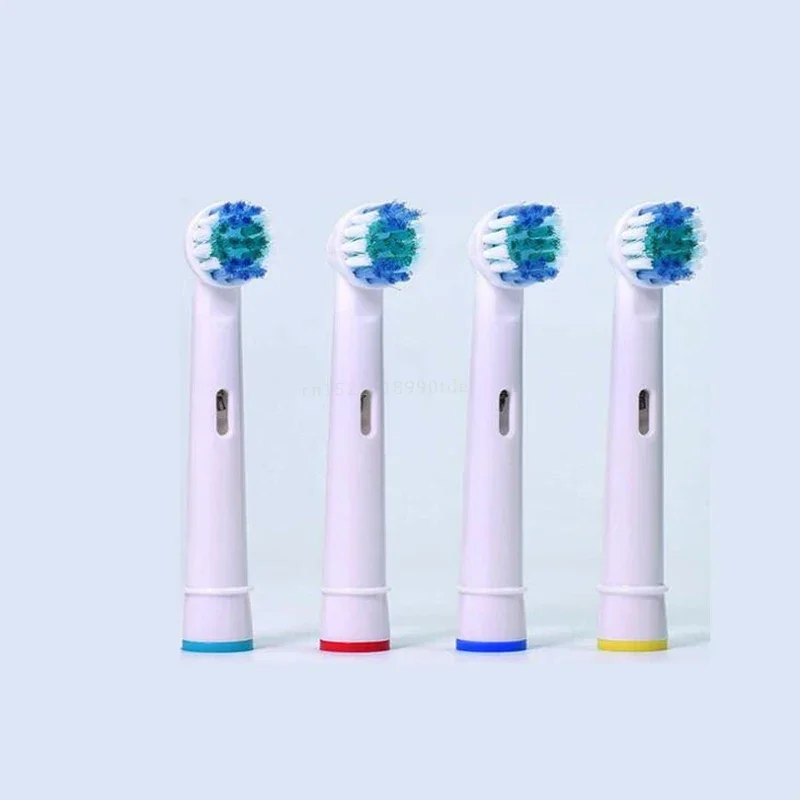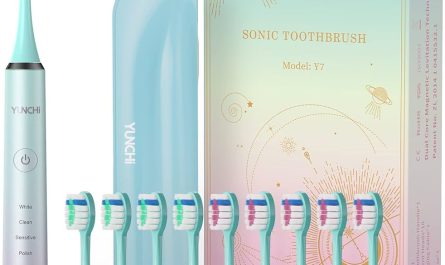Introduction:
Regularly replacing the head of your electric toothbrush is essential for maintaining good oral hygiene. Over time, the bristles on the brush head can become worn, frayed, or less effective at removing plaque and debris from your teeth. Neglecting to change your electric toothbrush head can have several consequences that can impact your oral health. In this guide, we will explore what happens if you don’t change your electric toothbrush head. By understanding these consequences, you will be motivated to prioritize regular replacement of your brush head for optimal oral care.
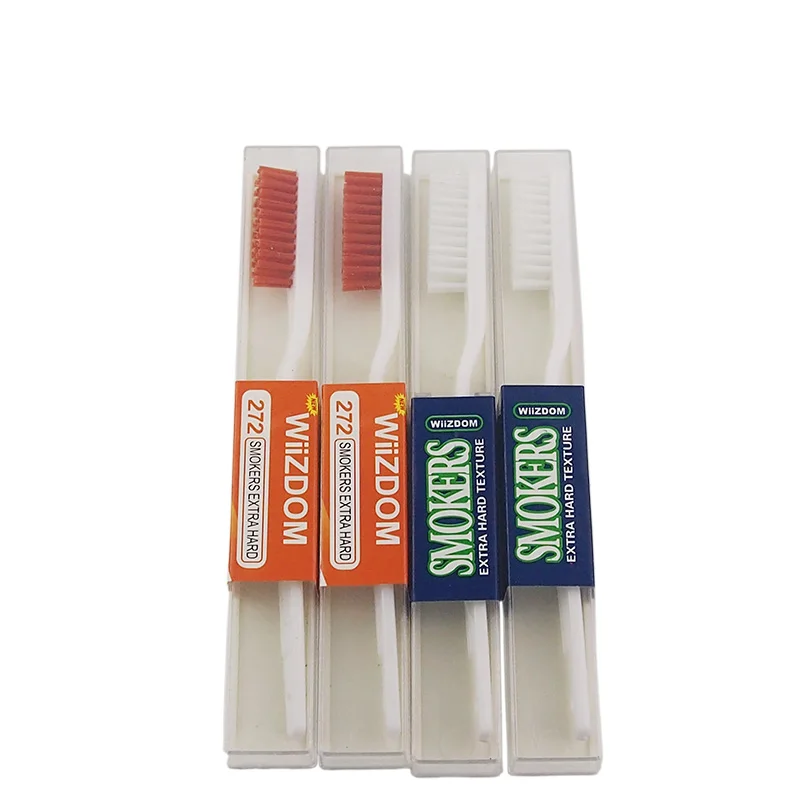
What happens if you don t change your electric toothbrush head?
Reduced Cleaning Effectiveness:
One of the primary consequences of not changing your electric toothbrush head is a reduced cleaning effectiveness. Over time, the bristles on the brush head can wear down, become frayed, or lose their original shape. When the bristles are no longer in optimal condition, they cannot effectively remove plaque, bacteria, and food particles from your teeth and along the gumline. This can lead to a buildup of plaque, which in turn increases your risk of cavities, gum disease, and other dental issues.
Poor Plaque Removal:
Plaque is a sticky film that forms on the surface of your teeth and contains harmful bacteria. If your electric toothbrush head is not replaced regularly, the worn-out bristles may not be able to reach into the crevices between your teeth or effectively remove plaque from hard-to-reach areas. This can result in a higher accumulation of plaque over time, increasing the likelihood of developing dental problems such as cavities, gum inflammation, and bad breath.
Increased Risk of Gum Disease:
Neglecting to change your electric toothbrush head can also increase your risk of gum disease. When plaque is not effectively removed from the gumline, it can irritate and inflame the gums, leading to gingivitis or more severe periodontal disease. Gum disease can cause symptoms such as red, swollen, or bleeding gums, and if left untreated, it can progress to more severe gum and bone damage. Regularly replacing your electric toothbrush head ensures that you maintain optimal plaque removal and reduce the risk of gum disease.
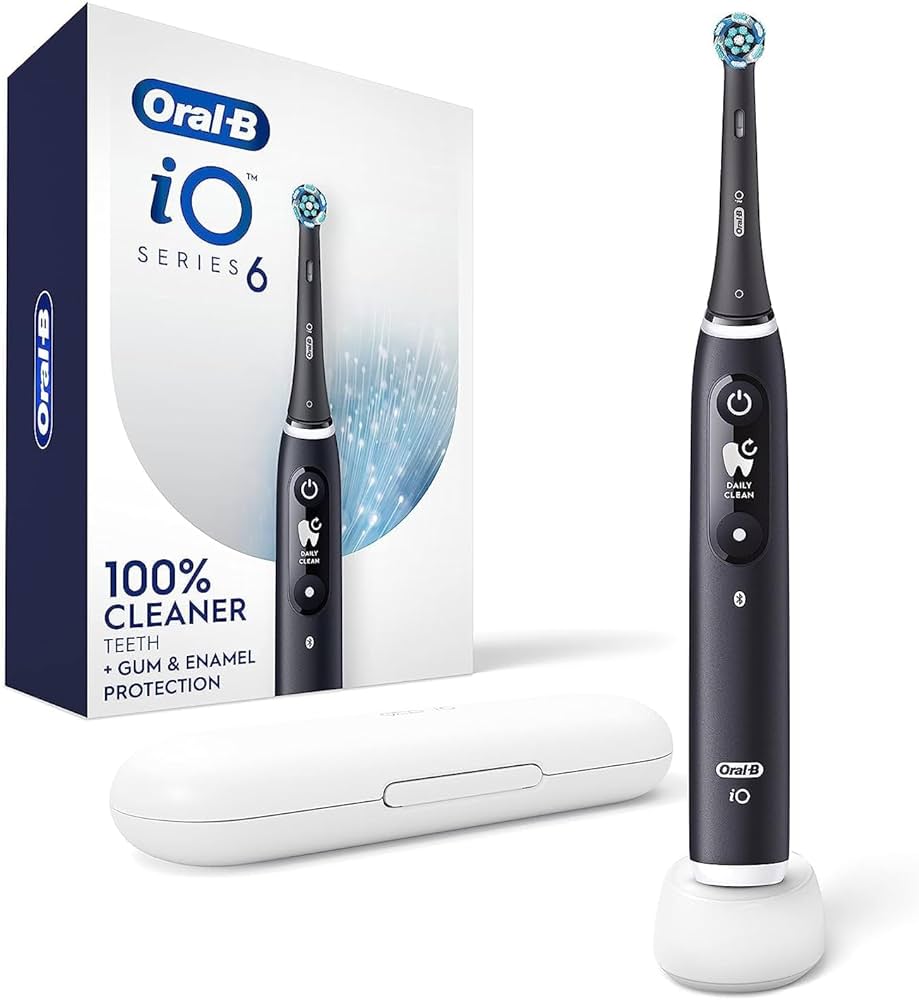
Bacterial Contamination:
Over time, your electric toothbrush head can become a breeding ground for bacteria if not replaced regularly. Moist environments, such as a damp toothbrush head, provide an ideal breeding ground for bacteria to multiply. When you don’t change your brush head, you expose your mouth to these bacteria every time you brush. This can result in the reintroduction of harmful bacteria into your mouth, potentially leading to oral infections or other health issues.
Oral Allergies or Irritations:
If you have allergies or sensitivities to certain materials used in toothbrush bristles, not changing your electric toothbrush head can lead to oral allergies or irritations. Over time, the bristles on the brush head can accumulate allergens, bacteria, and other substances that may trigger an allergic reaction or cause irritation to your gums or oral tissues. Regularly changing your brush head reduces the likelihood of these allergic reactions or irritations and helps maintain a healthy oral environment.
Reduced Brushing Comfort:
As the bristles on your electric toothbrush head wear down, they can become abrasive or uncomfortable during brushing. Worn-out bristles may feel rough or sharp on your gums, causing discomfort or even slight abrasions. This can result in gum sensitivity, bleeding, or a general reluctance to brush thoroughly. By replacing your brush head regularly, you can ensure a comfortable and pleasant brushing experience, encouraging you to maintain a consistent oral care routine.
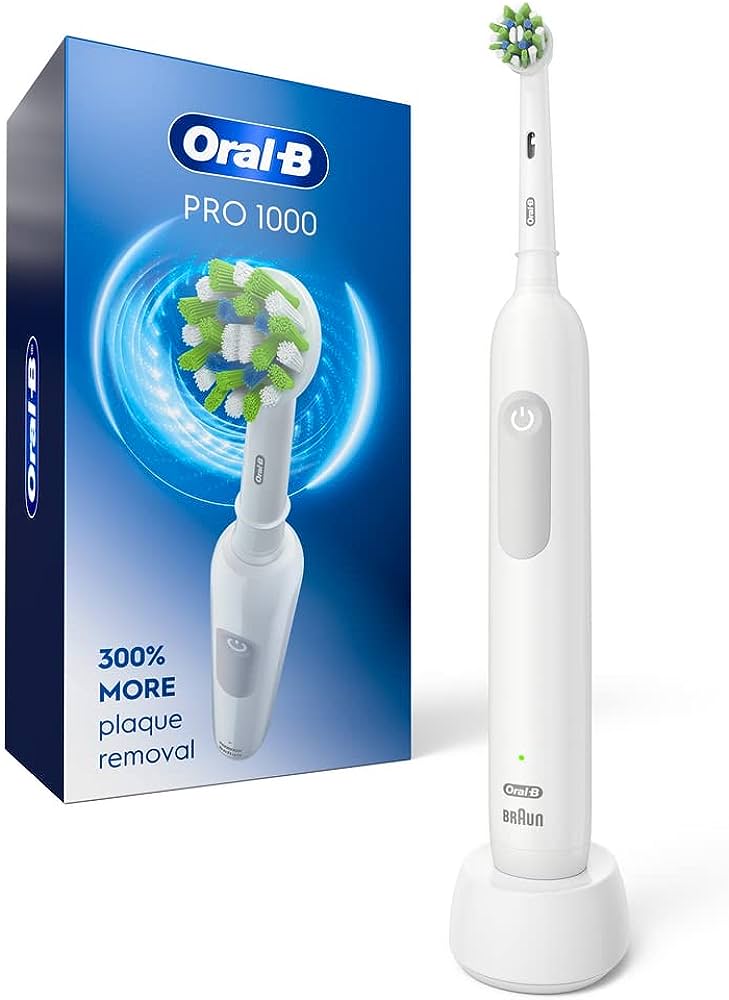
Ineffectiveness for Specific Oral Health Needs:
Some individuals have specific oral health needs that require specialized brush heads, such as those with orthodontic appliances, sensitive gums, or dental restorations. If you don’t change your electric toothbrush head, you may be using a brush head that is no longer suitable for your specific needs. For example, if you have sensitive gums, using a worn-out brush head with stiff bristles can further irritate your gums and worsen sensitivity. Regularly replacing your brush head ensures that you are using the appropriate brush head for your oral health needs.
Decreased Longevity of Electric Toothbrush:
Neglecting to change your electric toothbrush head can also impact the longevity and performance of your electric toothbrush itself. Over time, as the bristles wear down and become less effective, you may be placing more strain on the motor and other internal components of the toothbrush. This can lead to decreased performance, decreased battery life, and a shortened overall lifespan of the electric toothbrush. Regularly replacing your brush head helps maintain the efficiency and longevity of your electric toothbrush.
Unpleasant Odor or Taste:
When you don’t change your electric toothbrush head regularly, bacteria, food particles, and other debris can accumulate on the bristles. This can lead to an unpleasant odor or taste during brushing. The buildup of bacteria and debris can cause the toothbrush head to develop a foul smell, which can be off-putting and affect your overall brushing experience. Additionally, the presence of bacteria can contribute to bad breath. By replacing your brush head frequently, you can maintain a fresh and clean brushing experience, eliminating any unpleasant odors or tastes.
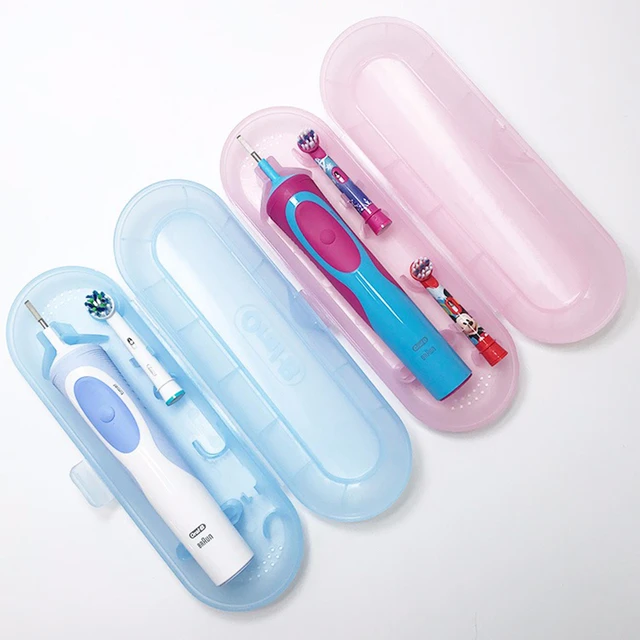
Cross-Contamination:
Sharing an electric toothbrush or using the same brush head for an extended period can increase the risk of cross-contamination. Bacteria and viruses can easily transfer from one person to another through the bristles of the toothbrush. This can pose a risk, especially during times of illness or when multiple family members use the same toothbrush. Regularly changing the brush head reduces the likelihood of cross-contamination and helps maintain good hygiene practices.
Neglected Maintenance:
Regularly replacing your electric toothbrush head serves as a reminder to maintain and clean your toothbrush properly. When you change the brush head, it is also a good time to clean the handle, charging base, and other components of your electric toothbrush. Neglecting to change the brush head can lead to a lack of attention to the overall maintenance of your toothbrush. By adhering to a regular replacement schedule, you are more likely to maintain a clean and hygienic toothbrush, promoting optimal oral health.
Missed Opportunity for Upgrades:
Electric toothbrush technology is continually advancing, with new models offering improved features and functionalities. By not changing your electric toothbrush head, you miss the opportunity to upgrade to a newer and more advanced toothbrush model. Upgraded features may include improved cleaning modes, smart technology, pressure sensors, or enhanced battery life. Regularly replacing your brush head allows you to take advantage of the latest advancements in oral care technology, improving your overall brushing experience.
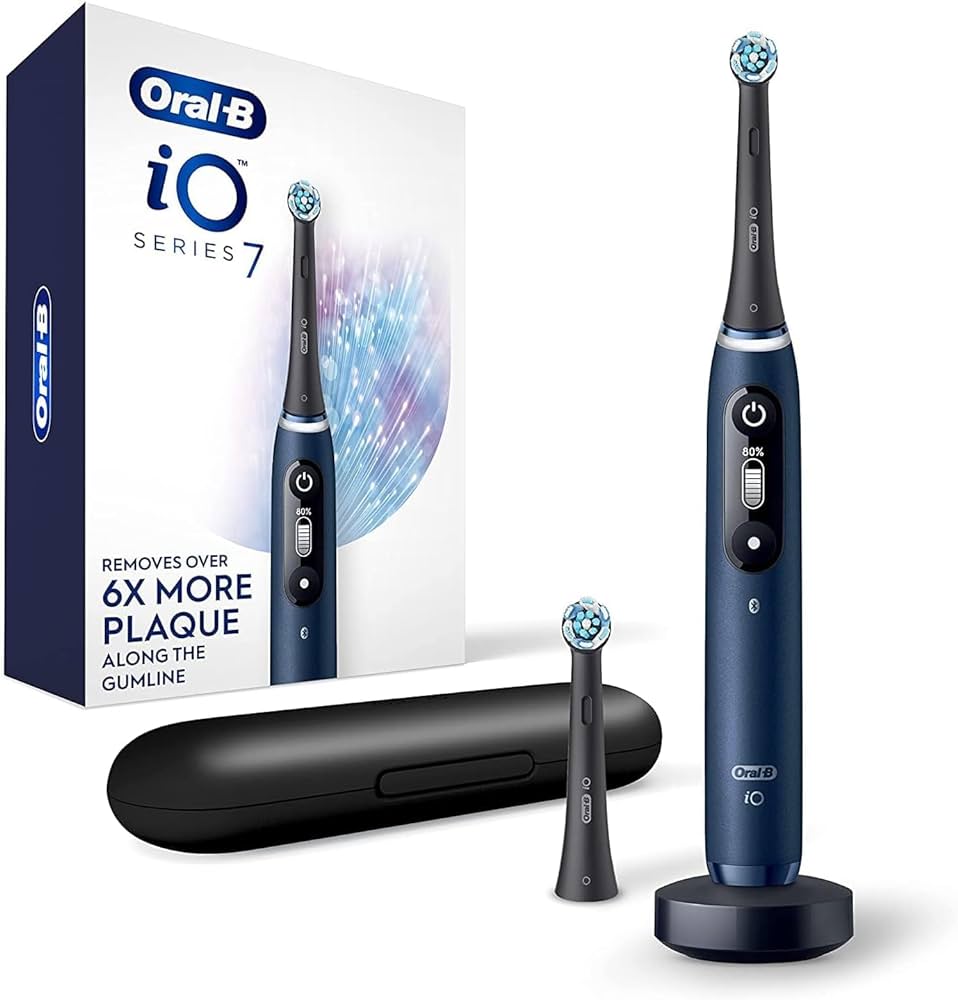
Conclusion:
Regularly changing your electric toothbrush head is crucial for maintaining optimal oral hygiene and reducing the risk of dental issues. Neglecting to replace your brush head can result in reduced cleaning effectiveness, poor plaque removal, an increased risk of gum disease, bacterial contamination, oral allergies or irritations, reduced brushing comfort, ineffectiveness for specific oral health needs, and decreased longevity of your electric toothbrush. By prioritizing the regular replacement of your electric toothbrush head, you ensure that your oral care routine is effective, efficient, and supports long-term oral health.

